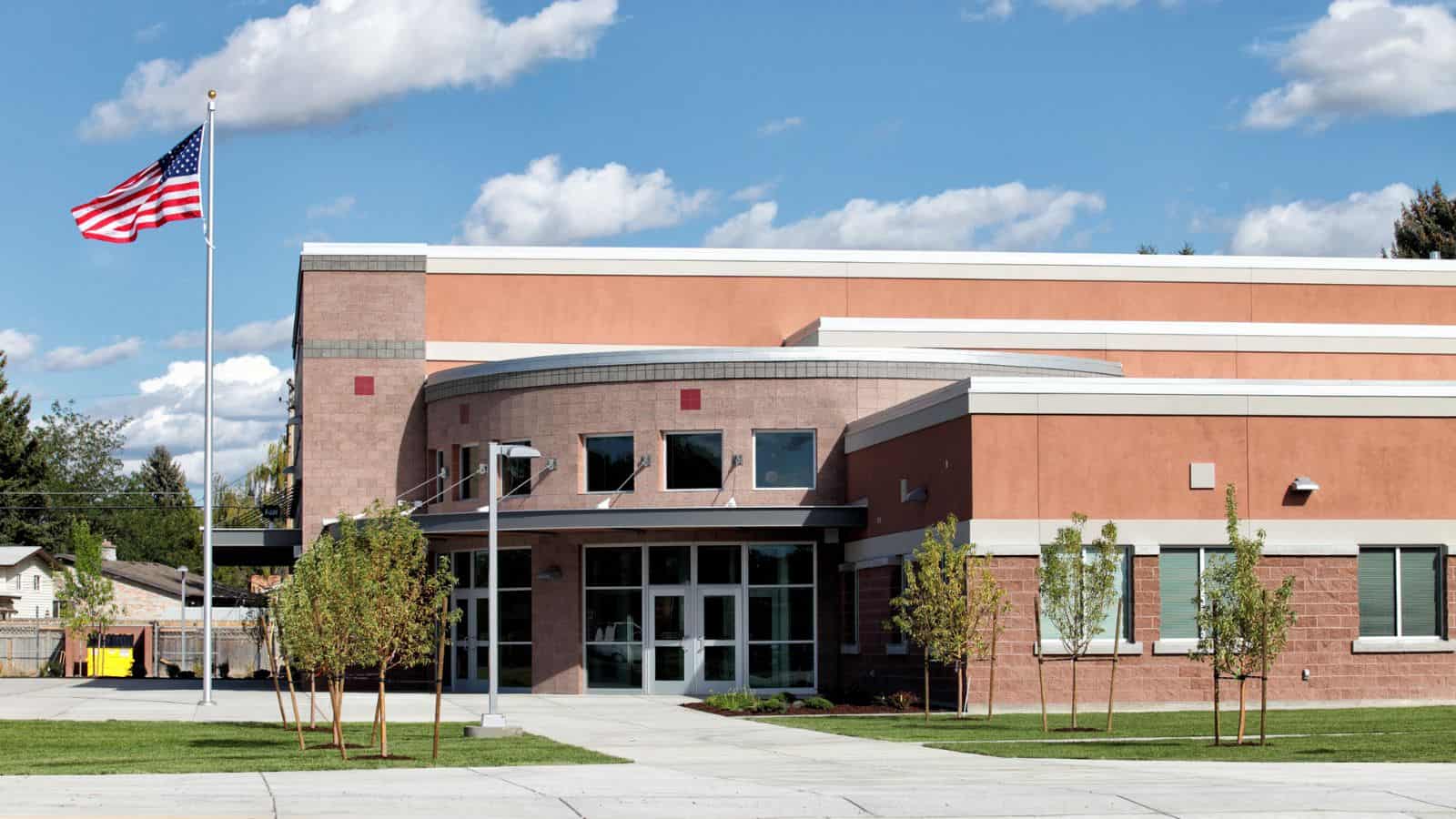Students, teachers, and parents in America face numerous challenges that impact the quality of education nationwide. Today, we will share 21 of these problems and how exactly they affect everyone.
Funding Inequities

When it comes to inequalities, the American University explains the situation very well. “ By relying largely on property taxes to fund schools, which can vary widely between wealthy and poor areas, districts create funding gaps from the word go.” Put simply, affluent areas are well-funded, and low-income areas are poorly funded. There are racial disparities to deal with, too.
Underfunded Public Schools
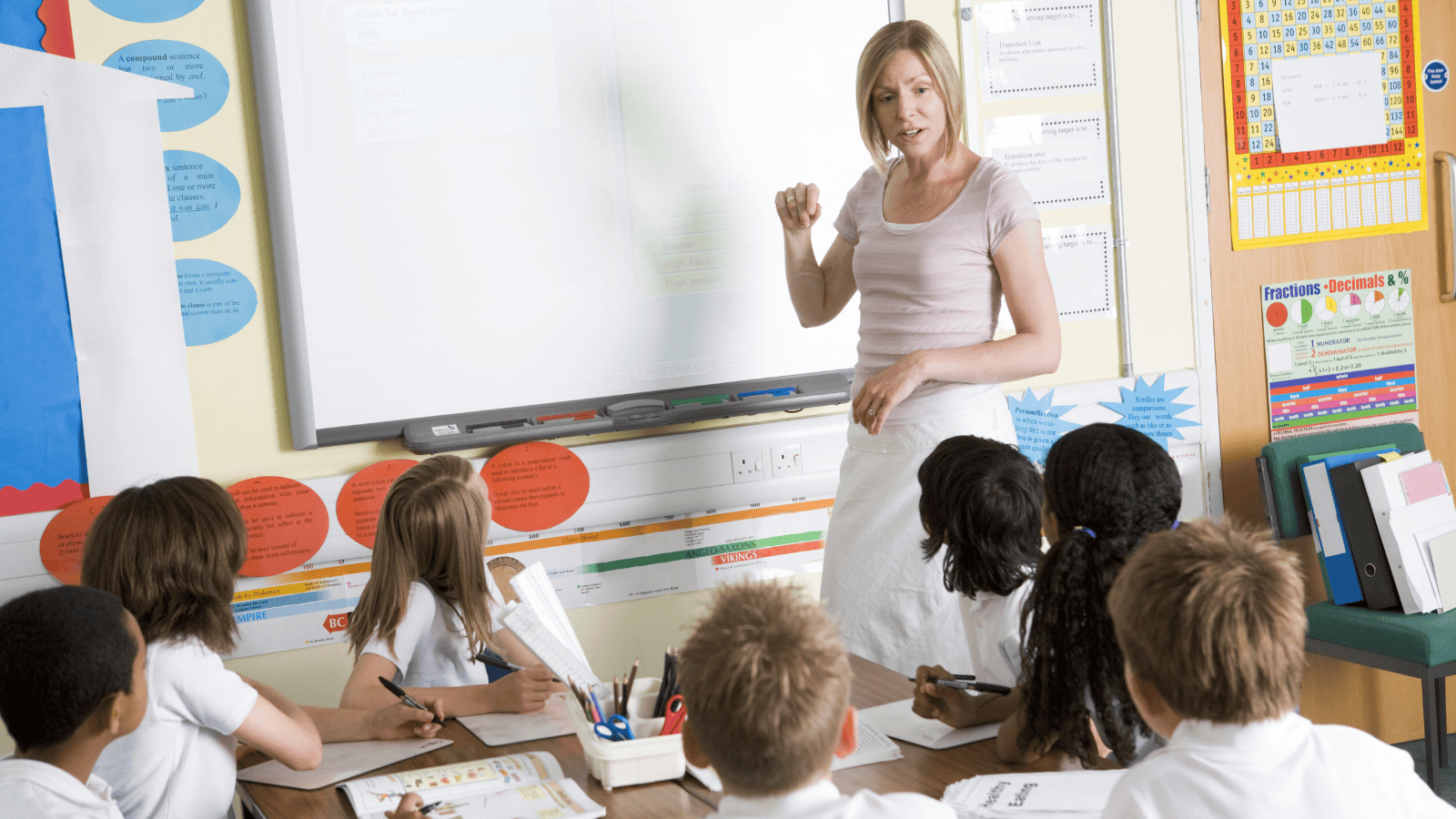
There’s a wave of underfunding affecting many public schools, lowering the welfare of teachers and the quality of materials used by students. Public schools are underfunded by as much as $150 billion every year, and the impact of this problem is particularly seen in low-income communities.
Overcrowded Classrooms

Many schools also have overcrowded classrooms, which make it difficult for students to get the individual attention they need to thrive. This leads to disciplinary problems in schools because teachers are stretched too thin to manage classrooms and watch over all students under their care efficiently.
Mental Health Neglect

Student mental health is frequently overlooked in the education system, causing long-term issues. Schools either lack sufficient counselors or resources to address issues like anxiety, depression, and stress. Sometimes, schools add to these mental health issues by failing to curb problems like bullying, and some are even misusing and misunderstanding psychiatric evaluations.
Poor Nutrition Programs

School nutrition programs often fail to provide healthy, balanced meals for students, impacting their physical and mental health. In fact, one in four American school programs is guilty of this, and this level of inadequacy affects students’ ability to concentrate and perform academically. There’s a need for better food policies, especially in underserved communities.
Standardized Testing Pressure
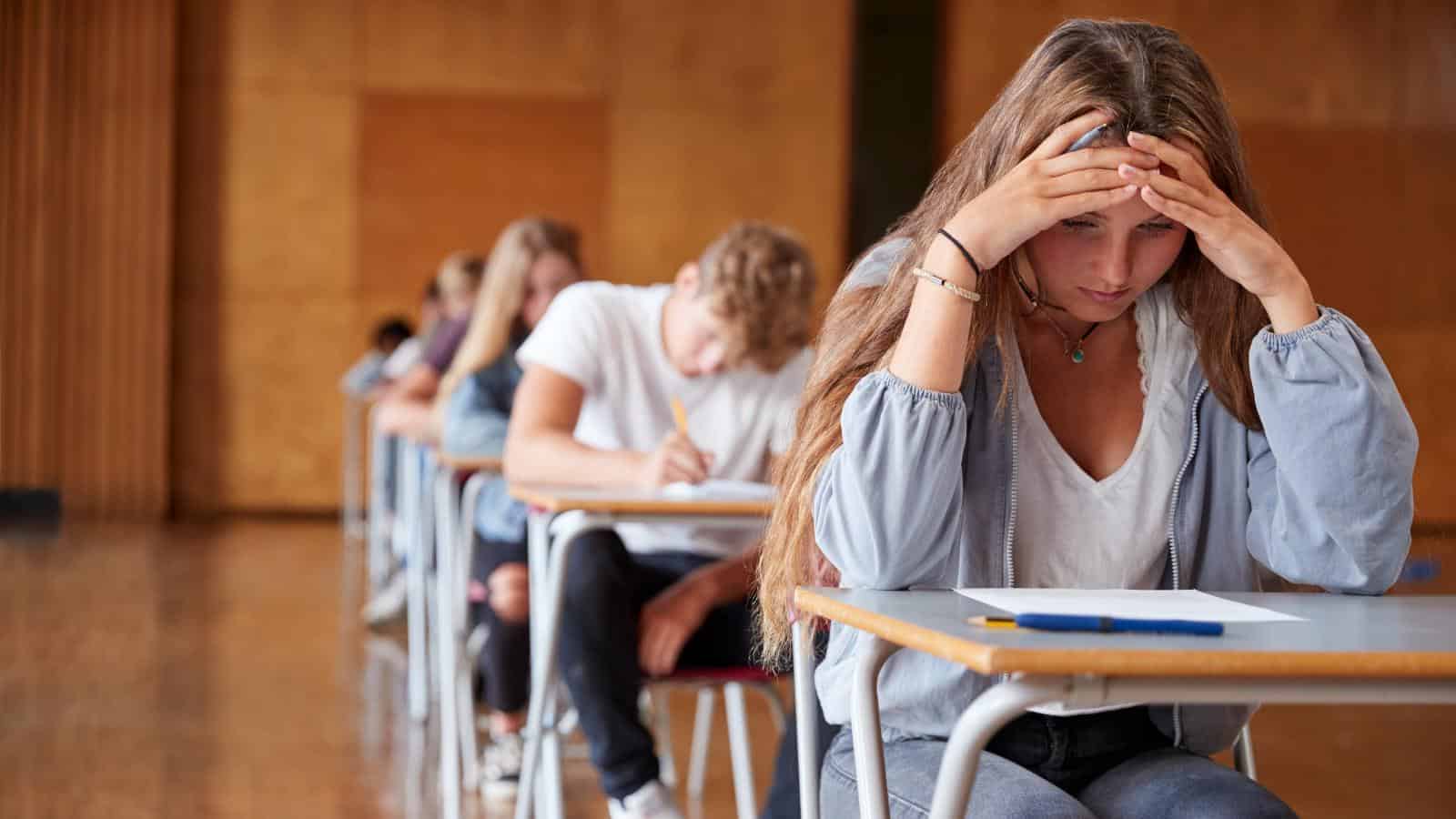
High-stakes standardized testing puts immense pressure on students and teachers, and we often see it negatively dictating funding and curriculum choices. These tests force educators to ‘teach to the test’ rather than provide a well-rounded education that fosters critical thinking, creativity, and real-world problem-solving skills.
Teacher Shortages

A growing shortage of qualified teachers undermines the quality of education, as it affects student engagement and performance. Low pay and challenging working conditions discourage many from entering or staying in the profession, leading to higher student-to-teacher ratios and less effective, individualized instruction in many classrooms.
Outdated Curriculums

Curriculums that fail to evolve with changing times leave students unprepared for the future job market. Many schools still rely on rote memorization and outdated textbooks, neglecting critical skills like digital literacy, problem-solving, and critical thinking, which have become essential in today’s rapidly changing world.
Inadequate Special Education

Special education programs often lack the necessary funding and resources to effectively support students with disabilities, hindering their academic progress. This shortfall results in insufficient individualized attention, inadequate support services, and significant barriers to these students’ academic success and social development.
Inefficient Use of Technology

Despite advancements in educational technology, many schools struggle to integrate these tools effectively into the classroom. Poor training for teachers and lack of access to updated equipment prevent students from fully benefiting from digital learning opportunities, putting them at a disadvantage in a tech-driven society.
Inequitable Discipline Practices

Discipline practices in schools often disproportionately affect minority and low-income students, exacerbating existing inequalities. Harsh policies and zero-tolerance approaches can lead to higher suspension and expulsion rates for these underprivileged groups. This has been seen to contribute to the school-to-prison pipeline, further widening the achievement gap.
Lack of Parental Engagement
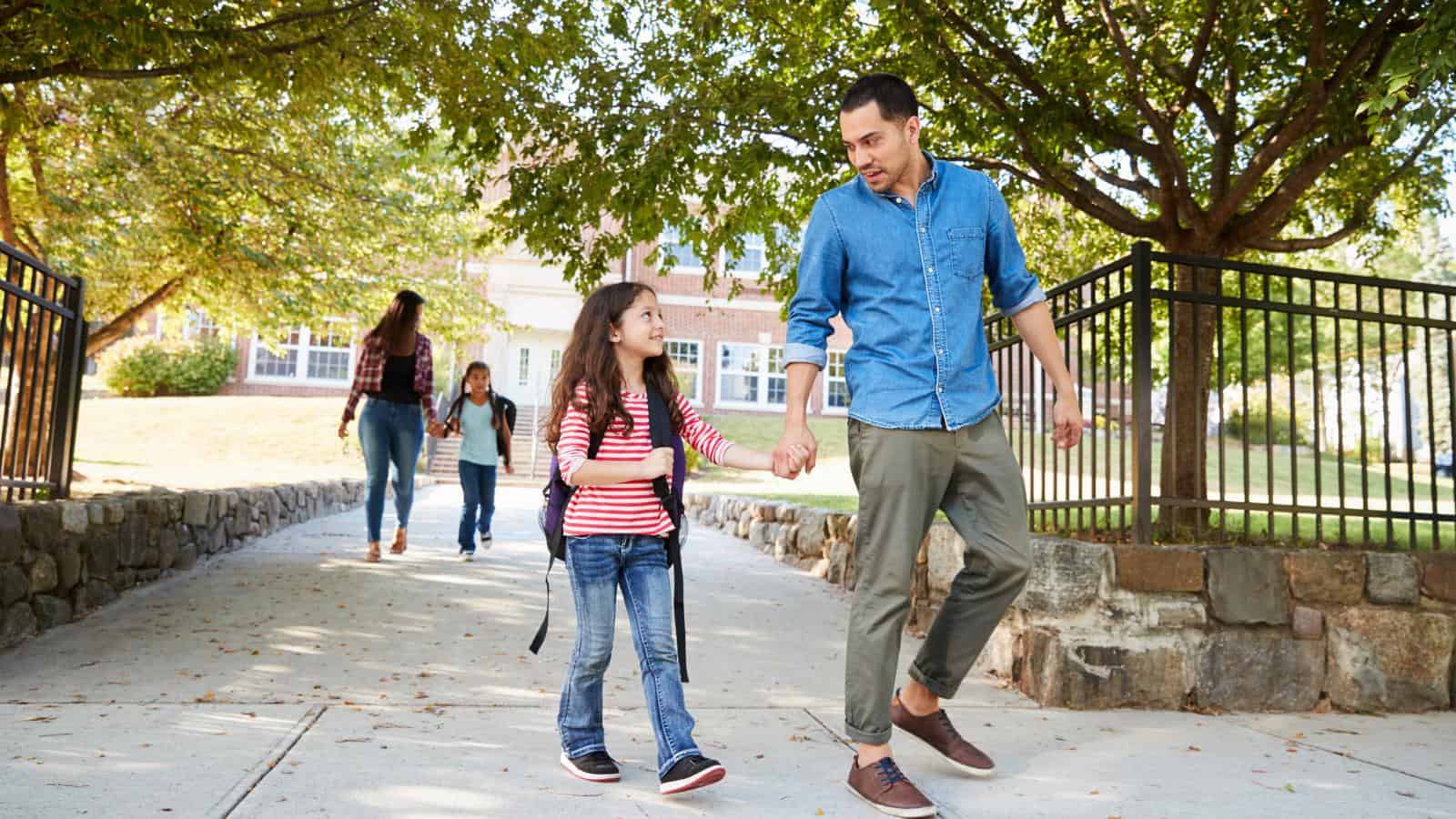
Engaging parents in their children’s education is crucial, yet many schools fail to foster effective communication and involvement. This lapse in collaboration can lead to decreased student motivation and academic achievement, as parental support is a key component of educational success and overall student well-being.
Bureaucratic Hurdles

Excessive bureaucracy within the education system hinders innovation and responsiveness, making it hard to implement necessary changes. Rigid policies and administrative red tape can stifle creative solutions and delay necessary improvements, impacting the overall effectiveness of educational programs and student outcomes.
Inadequate Early Childhood Education
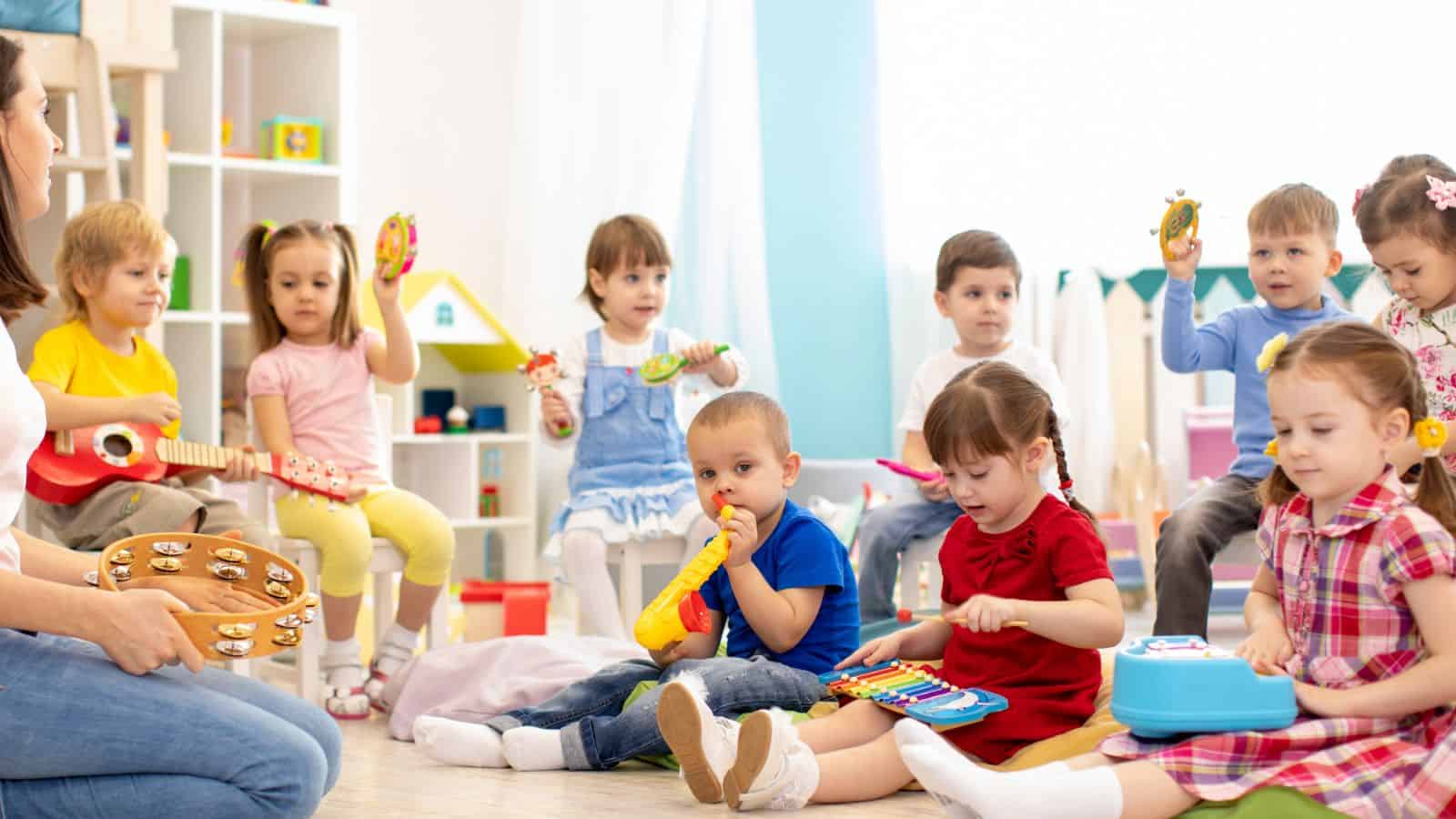
Quality early childhood education sets the foundation for future learning, yet many children lack access to these programs. This is especially true in low-income areas. With this lack of access, it’s no surprise why there are significant developmental disparities, which affect students’ readiness for kindergarten and even beyond, impacting their long-term educational trajectory.
Cultural Insensitivity
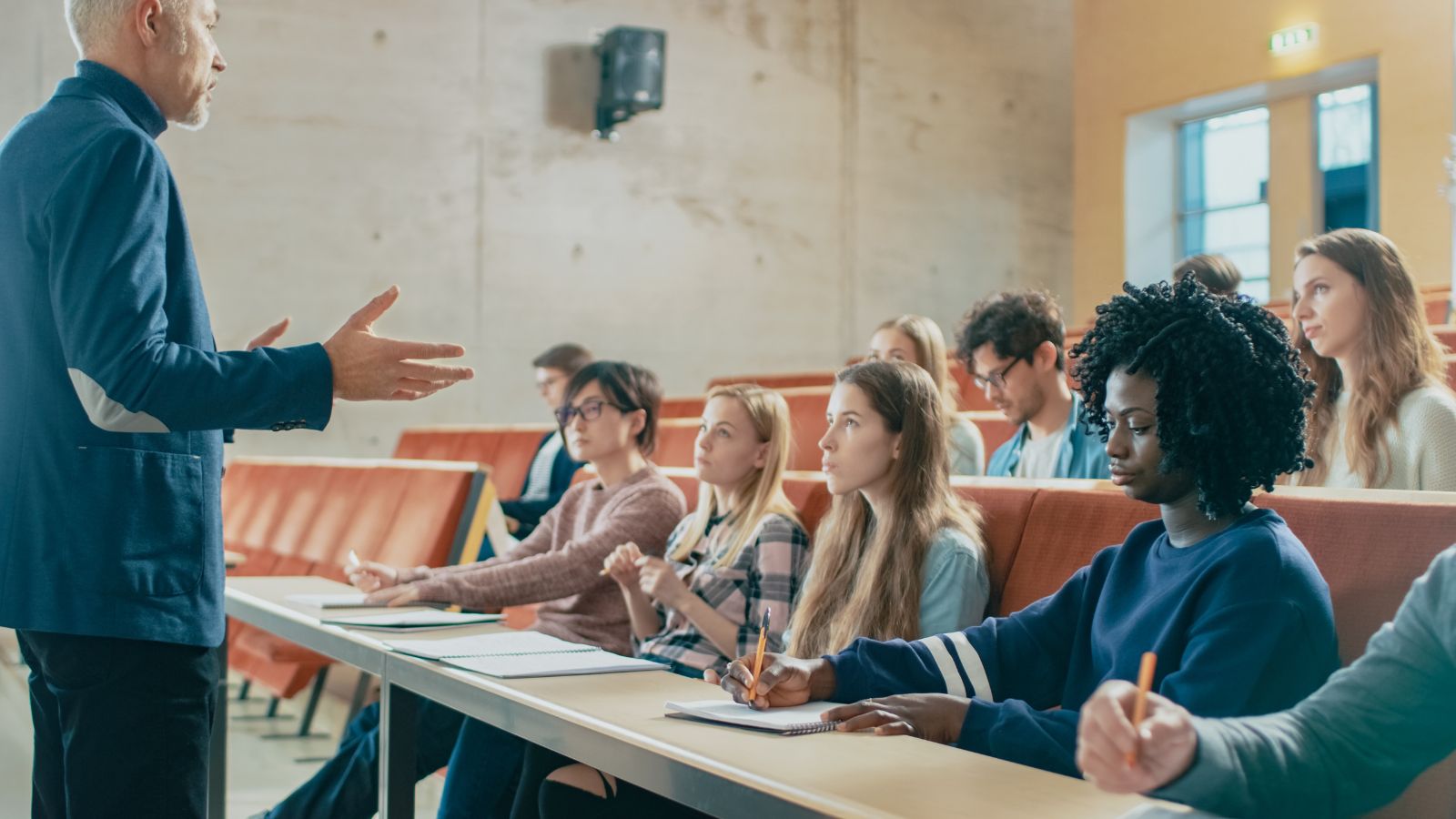
Cultural insensitivity in the curriculum and school policies can alienate students from diverse backgrounds, reducing their engagement. A lack of representation and understanding can hinder these students’ academic success. This can perpetuate cycles of exclusion and inequality and affect their sense of belonging in the school community.
Insufficient Career Preparation
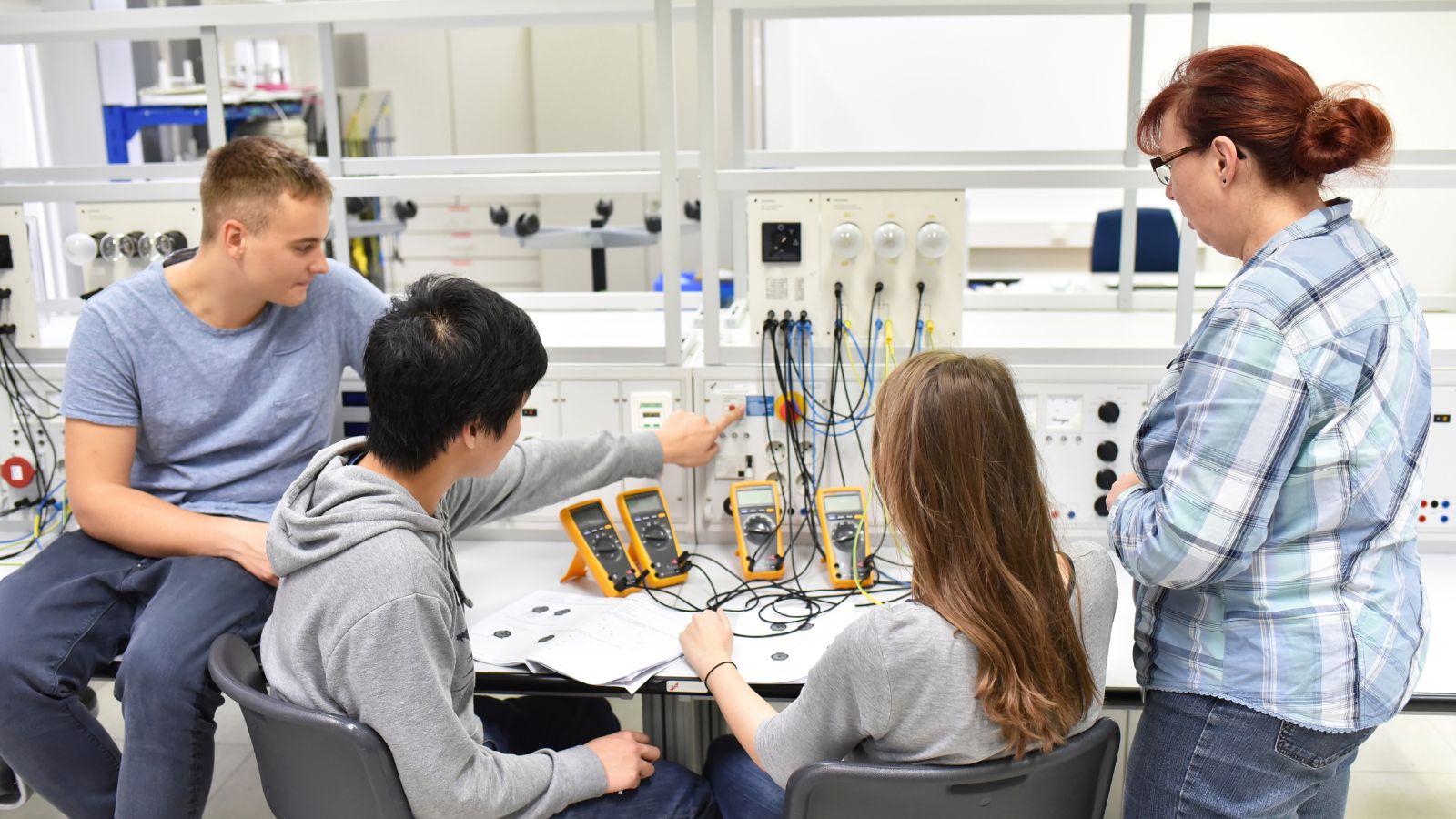
High schools frequently do not prepare students adequately for the workforce, choosing instead to focus primarily on college-bound paths. A focus on college preparation overlooks the importance of vocational training and career education, leaving many graduates unprepared for immediate employment in skilled trades and technical fields.
School Safety Concerns
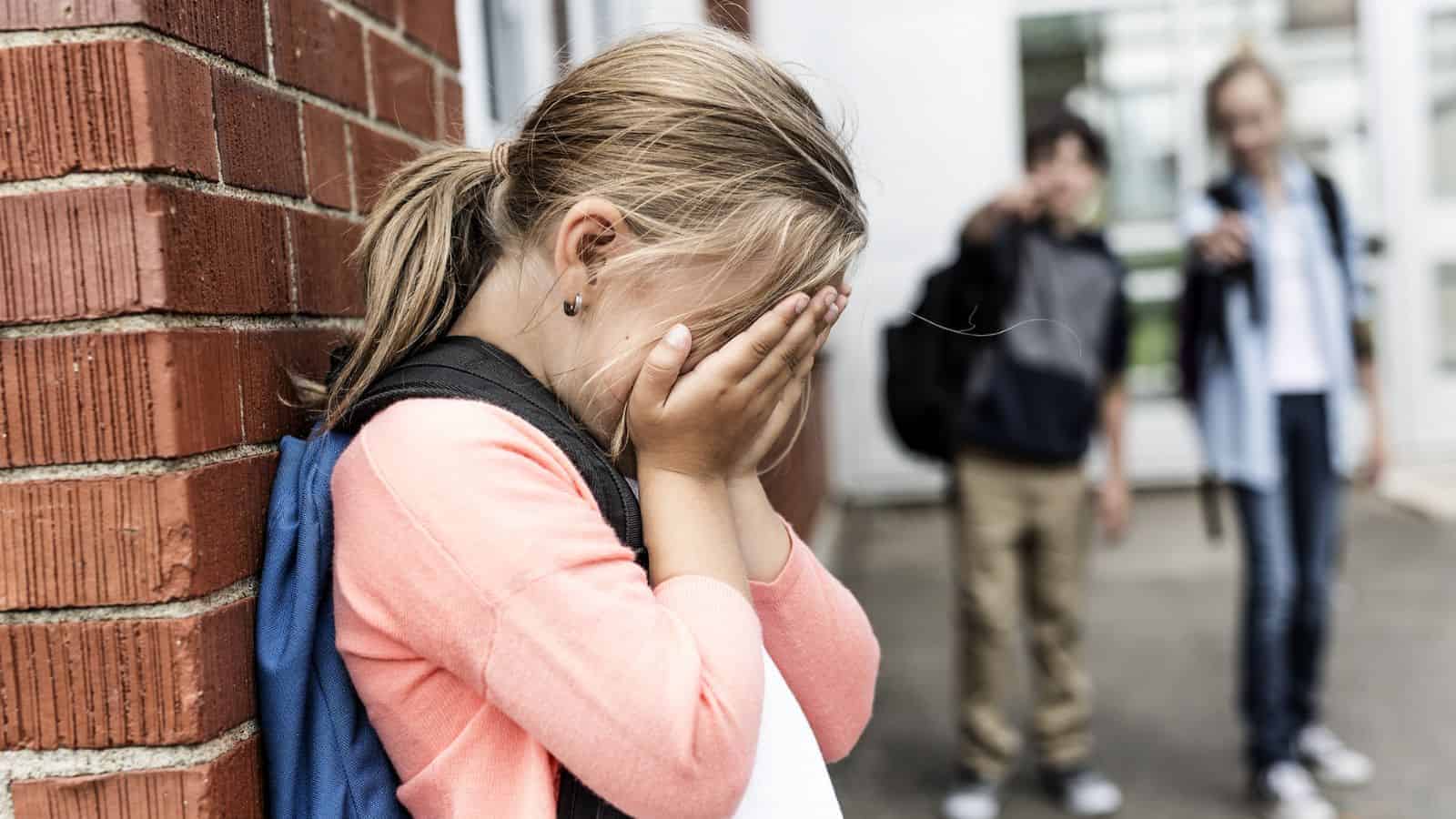
Increasing concerns about school safety, including bullying and violence, disrupt the learning environment and student well-being. Schools must implement comprehensive safety measures and create supportive climates to ensure students feel secure and ready to learn, promoting a positive and productive educational experience.
Lack of Arts Education

Arts programs are often the first to be cut when budgets are tight, depriving students of critical, creative outlets. Arts education supports cognitive development and emotional expression, making its absence a significant loss to student growth, creativity, and engagement in the learning process.
Ineffective Teacher Evaluations

Current teacher evaluation systems often fail to accurately measure performance or provide constructive feedback, leading to widespread dissatisfaction. These ineffective evaluations can demotivate teachers and do little to improve teaching quality or student outcomes, hindering educators’ professional growth.
Unequal Access to Advanced Courses

Advanced placement and honors courses are often more accessible to students in affluent areas than in low-income communities. This creates further educational disparities and limits opportunities to only a few. To ensure equitable educational outcomes, all students should have the opportunity to challenge themselves academically, regardless of their socioeconomic status.
Rigid Schedules
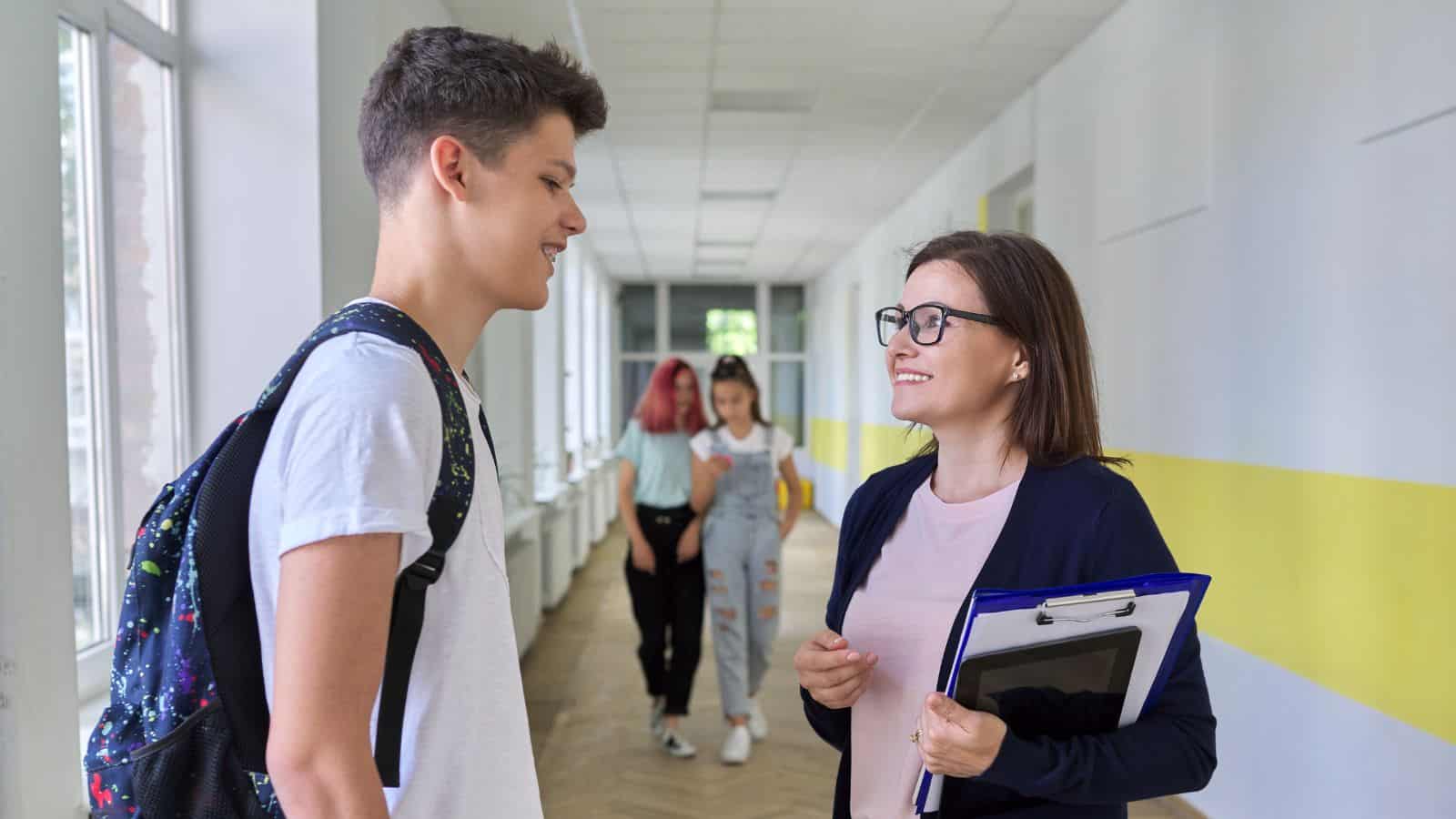
Traditional school schedules may not accommodate students’ diverse needs, affecting their performance. Flexibility in school start times, calendar structures, and learning environments, on the other hand, better supports different learning styles and life circumstances, giving us an educational system that’s more inclusive and effective.
Up Next: 19 Completely False Things About America That Foreigners Think Are True

The U.S. is arguably the most famous country in the world, and people from far-off places often know our flag and president’s name! However, a lot of media coverage and exported movies mean plenty of opportunities for misunderstanding and stereotyping. Here are 19 false assumptions non-Americans often make about ‘the land of the free!’
19 Completely False Things About America That Foreigners Think Are True
20 Loyal Dog Breeds That Will Never Leave Your Side

Since early humans first fed a wolf around a campfire, dogs have been our constant companions and are renowned for making strong bonds with their owners. But which specific types of dogs make the most loyal and devoted pets? This article describes the 20 most unwaveringly loyal canine breeds and the characteristics that make them the ultimate ‘ride or die’ pets!
20 Loyal Dog Breeds That Will Never Leave Your Side
18 Reasons Older Men Say ‘Nope’ To Relationships

Older men embrace being alone and generally prefer spending time in solitude. They’ve had a full, so don’t criticize them for being less social! The following 18 reasons explain why older men prefer to be alone and are redefining how they experience their retirement years.

